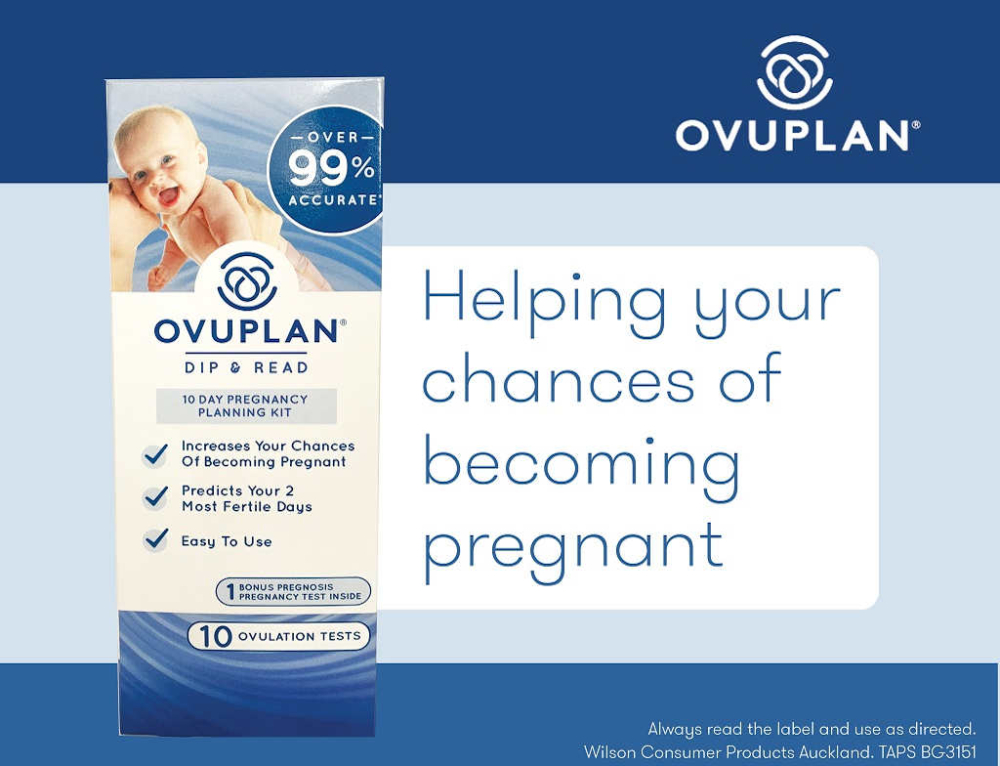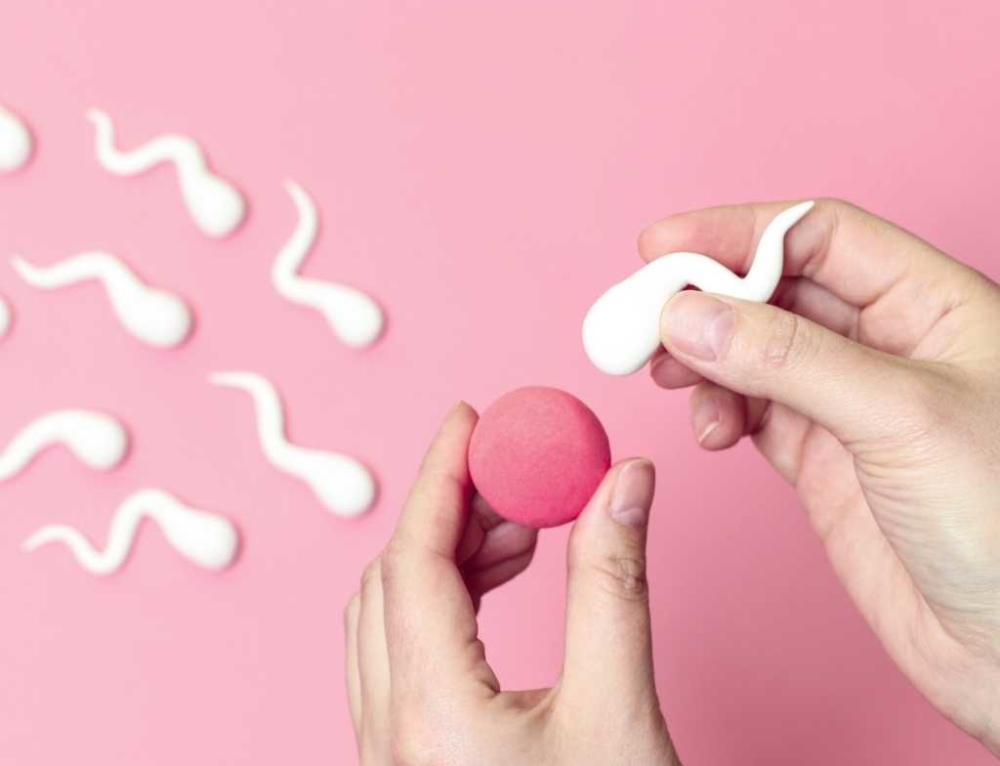Your contractions will become more frequent and occur for longer, and stronger, once your cervix has dilated (opened) to around four or five centimetres. Once your contractions become more frequent, your labour usually progresses quite quickly, all of which means you are well and truly in labour.
Women will experience contractions quite differently. For some, it may feel strongest in their back, for others it occurs more in their abdomen. Early contractions may feel like menstrual cramps. As your contractions progress, the intensity may vary – with one contraction very strong, followed by a weaker one. This is common.
Being able to cope with your contractions will help you through the labour and subsequent birth. Yes, it can be painful and scary and it is normal to feel helpless and out of control, but there are things you can do to help yourself cope with contractions :
- Make the most of your support person. Sometimes being able to grip onto your support person physically – perhaps with your arms around him or her as he supports you – can help you relax and focus on breathing.
- Find a comfortable position. You may need to change positions with each of the first few contractions to see what works best for you. If you feel yourself panicking and unable to relieve the discomfort, ask your midwife for advice about what positions might help.
- At the start of each contraction, take a deep breath and sigh out. Continue to breathe evenly.
- Don’t be afraid to cry out or shout if it helps. The medical staff and midwives have heard it all before.
- In between contractions, try to relax your body and let your shoulders drop. Too much tension will only make the contractions feel worse.
- Ask your support person for a massage – rubbing your lower back may help.
- A hot pack on your lower back or abdomen may also offer some relief.
Pain relief
Some women are able to cope with contractions using relaxation techniques, breathing and massage. For others, medication to ease the pain is preferred. Don’t feel like you have failed if you want to ask for pain relief through medication. There are a number of options available depending on the stage of labour you are at.
Inhaled nitrous oxide and oxygen (gas):
Breathing nitrous oxide and oxygen (gas) can provide some pain relief. You can control how much gas you breathe in, and many women find it provides good pain relief during their labour.
Pethidine:
Another pain relieving method is an injection of a narcotic, such as pethidine. These narcotics are strong painkillers that may cause drowsiness or nausea. Sometimes an anti-nausea drug is given with the pethidine to stop you from feeling sick. Narcotics can have a sedating effect on the baby.
Epidural anaesthesia (an epidural):
Locally-acting anaesthetic or other drugs may be used to block the nerves that carry pain. The most common way of giving pain relief by this method is by using an epidural. An epidural is an anaesthetic given through a fine tube in the lower part of your back. This gives complete pain relief for the majority of women who have it.
There may be medical situations where an epidural may be advised or recommended (for example, if you are having twins, you have high blood pressure, you have a breech presentation, or forceps are necessary). Epidural or spinal anaesthesia may also be used to provide anaesthesia for a Caesarean section.
This article was written by Claire Halliday for Kidspot NZ.






I found a wheatpack was great for when I had contractions. It just helped ease the pain a little. I laboured most of the time in the hospital so I was able to get gas and pethadine for my first, gas only for my second. Pain is not a nice thing for anyone to go through but just remember the beautiful gift you get at the end of the contractions. Your pain will, hopefully, be all forgotten as soon as you see your little bundle of specialness.
With my first I was induced and my labour was “hard and fast”, I slept through the first stages and woke to contractions that were fairly strong and becoming frequent so had to go straight to the hospital. I coped ok but ended up asking for some pain relief when they were really strong, so they gave me pethidine – it was a bit late by that stage and it didn’t do anything as I was fully dilated and could push. With my second she came 2 weeks early and really quickly, I didn’t really have time to think much but I was determined not to go to hospital too early. I just walked around and watched my breathing at home and then felt like pushing so called my midwife who told me to get down to the hospital. Byt the time I arrived I was fully dilated and ready to go haha, she said if I had have waited I would have had the baby on the footpath!!
As I was giving birth, I wanted to stick with gas…it didn’t fully work…just got groggy and my midwife said it looked like it delayed me further so In the end epidural did it 😛
Great information for new mums. I remember not even knowing how to breathe throughout my first child contraction. It was horrible. Thank goodness my hubby helped me through it. I never went to anti natal classes or anything. Had no idea I was even in labour lol but was 5cm dilated.
Good information for pregnant women…i find that even mums who have already had a child or two are not very clear or confident with their contractions and how they present as well as their options for pain relief and making things easier during childbirth…a good article to share for new mums and old…